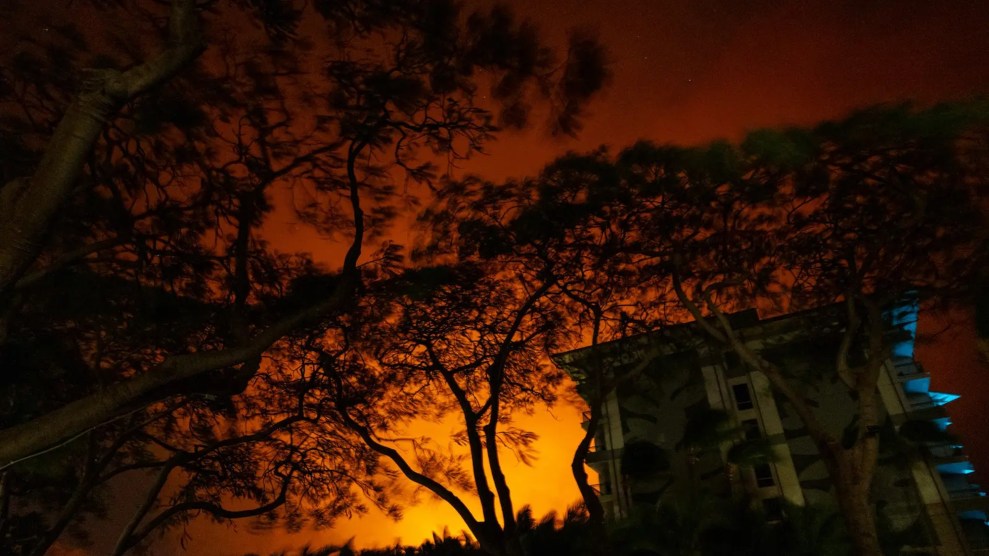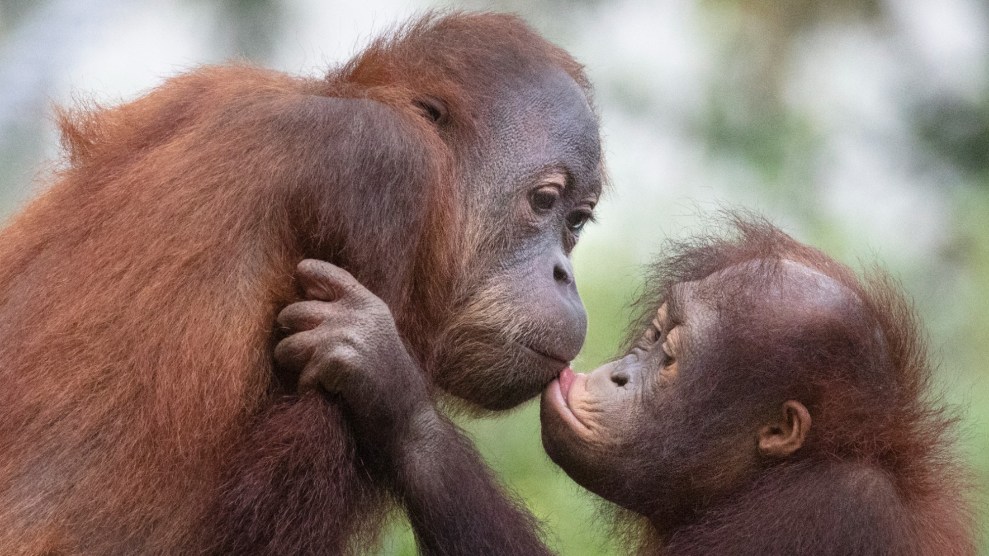Critters on the Move
As their habitats get too hot (or too cold), species are looking for new homes.
Blowin’ in the Wind
Climate change is causing extreme weather like heat waves and droughts.
Ice Ice Maybe
Glaciers and ice are disappearing at rapid rates on all continents.
The Hot Zone
Warmer temperatures mean more habitats for mosquitoes and disease.
Reef Madness
Rising ocean temperatures are bleaching and killing off coral reefs.
The average
length of the oil-exploration season on Alaska’s North Slope has dropped from 200 to 100 days
a year. Heavy equipment isn’t allowed on the tundra during summer.
The longest
El Niño of the 20th century was 1991-95. It was followed by the century’s most intense
one in 1997, which bleached 10% of the world’s coral reefs.
The residents of Shishmaref,
Alaska, voted to move inland to avoid rising sea levels.
Scientists predict that by
the century’s end, Napa Valley will be too hot to grow world-class wine grapes.
NASA has found that large coastal cities such as Houston generate enough heat to create their own
rainstorms.
Glacier National Park has lost 1/3 of its glaciers in the past 150 years.
40% of amphibian species in Costa Rica’s Monteverde cloud forests went extinct during a dry
spell in the late 1980s. Of all 5,700 known species of amphibians, 1/3 face extinction.
Global warming is slowing the earth’s rotation. By the end of the 21st century, we’ll
have gained an extra 0.11 millisecond per day.
A melting glacier in the Yukon revealed
an 8-foot-tall, half-mile-long pile of ancient caribou dung.
Robins, swallows,
and red foxes have appeared for the first time in northwestern Canada. Seagulls were first spotted
at the North Pole in 2000.
Malaria is spreading to higher altitudes in places like the
Colombian Andes, 7,000 feet above sea level.
71 U.S. ski resorts have lobbied for the
McCain-Lieberman Climate Stewardship Act.
Bolivia’s Chacaltaya glacier,
once the world’s highest ski slope, has become too rocky for downhillers.
You
can now play golf in Canada’s far northern Nunavut province, but warmer springs are shutting
local ice rinks early.
Most of North America, Europe, and parts of South America are
experiencing 30% more days with highs over 90 F than they did a century ago.
Since appearing
in the U.S. in 1999, the West Nile virus has spread to 48 states.
The Danish navy is patrolling
waters off Greenland in anticipation of a power struggle with Canada—and maybe the U.S. and
Russia—over the increasingly ice-free Northwest Passage.
Swarms of 25-pound
jellyfish native to Australia invaded the Gulf of Mexico in 2000.
Winter temperatures
on Torgersen Island, 600 miles below the tip of South America, have shot up 10 F in the past 50 years.
Half of the island’s Adélie penguins have disappeared in the last 25 years.
The first recorded South Atlantic hurricane was in March 2004.
The rate of destruction
of the Amazon rainforest—which absorbs vast amounts of CO2—doubled in the last decade.
An area the size of Belgium was torched in 2003 and 2004.
For every degree ocean temperatures
rise, maximum storm winds increase by 5 mph.
More freshwater in the North Atlantic threatens
to slow the massive system of ocean currents known as the Ocean Conveyor, which regulates global
temperatures.
A summer heat wave killed 35,000 people in Western Europe in 2003.
In 1997, hundreds of African storks migrating to Europe got confused by unusual spring weather,
turned around, and died of exhaustion in Turkey.
The German ski resort that hosted the 1936 Winter Olympics must now use snow machines to stay open.
In 2003 the Danube river hit its lowest level in 100 years, revealing the masts of sunken WWII warships.
The largest Arctic ice shelf broke in 2002, releasing the Northern Hemisphere’s biggest
body of ice-trapped freshwater.
Scientists are relocating dozens of species of plants
and animals from Scotland to cooler climes in Scandinavia and Iceland.
Ebola outbreaks
have been linked to sudden weather changes.
Lake Chad covered 9,650 square miles in
1963. Today it covers less than 500.
Outbreaks of malaria, dengue fever, diarrhea,
and other diseases linked to global warming killed 154,000 people in 2000.
A piece of
ice hundreds of years old and bigger than Rhode Island broke off Antarctica in 2002.
When things got too hot back home, a Spanish butterfly species turned up in Estonia.
The total area affected by serious droughts worldwide doubled between the 1970s and the early 2000s.
In 2002, a collapsing glacier buried a village in the Caucasus Mountains under 3 million tons of
ice and mud.
The snows of Kilimanjaro are rapidly vanishing.
Arctic sea
ice is up to 40% thinner than it was in the 1960s.
Back in 1990, insurance giant Swiss Re
announced that global warming was bad for its bottom line. Weather disasters cost insurance companies
$54 billion in 2003.
Heard Island, 2,500 miles southwest of Australia, is now warm enough
for plant life, including a species of roses.
In Europe and northern Asia, the average
yearly growing season is almost 3 weeks longer than it was in the early 1980s. North American growing
seasons are up to 12 days longer.
The Maldives have built a 10-foot-high wall to keep
encroaching seas out of their capital.
The glacier where Hillary and Tenzing started
their ascent of Mt. Everest is now a 3-mile hike from base camp.
During a 2002 drought,
water had to be trucked into India’s Khasi Hills—famous for once getting 1,000 inches
of rain in a single year.
As tree lines rise and winters get shorter, alpine meadows are
receding in the Rockies, Alps, and Himalayas.
For every week of winter lost, adult polar
bears lose 22 pounds.
458,000 people were killed by extreme weather events in Southeast
Asia in the 1990s, more than 8 times the number killed in the 1980s.
Thousands of thirsty
kangaroos invaded Canberra during a drought last year. The city suggested shooting them.
Southern New Zealand’s glaciers have gotten 25% smaller in the past century.
From Sweden to Canada, tundra has gone from soaking up CO2 to emitting greenhouse gases. Buildings
in Siberia and Alaska are sinking into the thawing permafrost.
About 55% of the Great
Barrier Reef has been bleached.
Satellites take longer to fall to earth due to reduced
drag caused by greenhouse gases thinning the upper atmosphere.
Salinity levels in
the world’s oceans have changed rapidly in the past 40 years. Tropical oceans are getting
saltier while polar oceans are getting fresher.
The island nation of Tuvalu has asked
Australia and New Zealand to absorb its population before ocean levels do.















